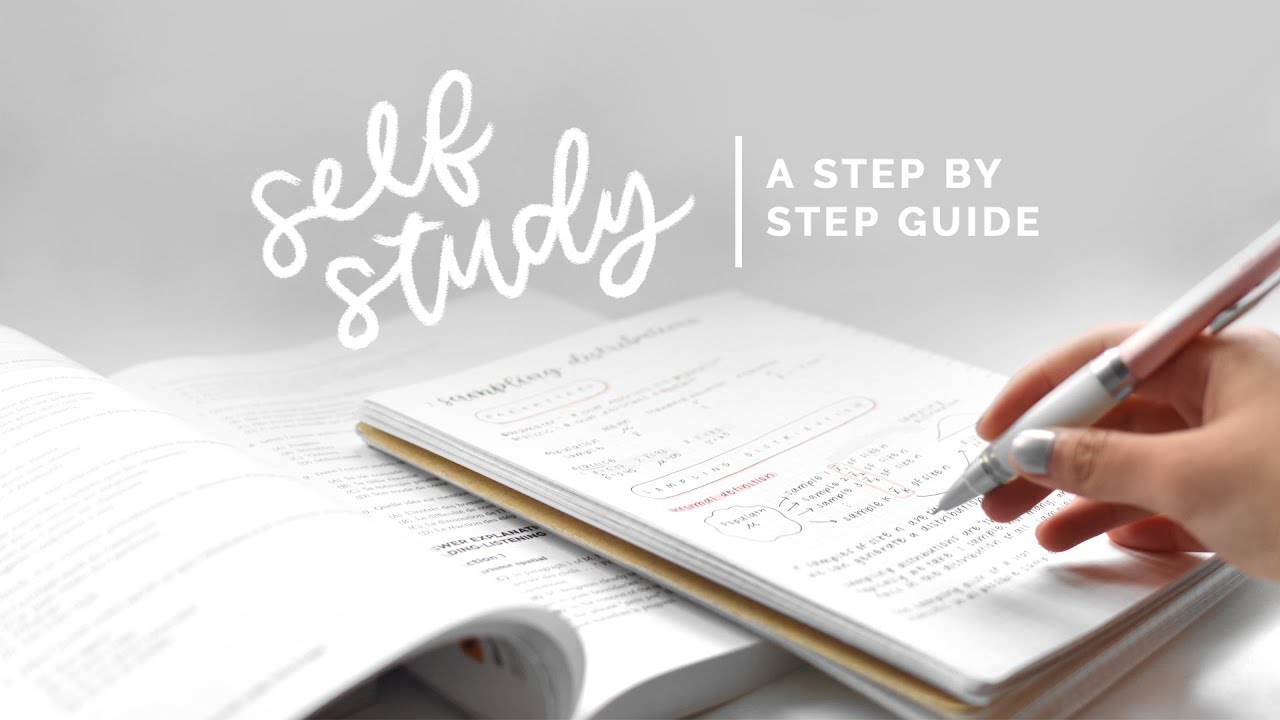Get a PERFECT SCORE on the SAQ (APUSH, AP World, & AP Euro)
Summary
TLDRThis script offers a guide to acing Short Answer Questions (SAQs) in APUSH, AP World, and AP Euro exams. It emphasizes understanding the prompts and categorizing them by topic, time period, and historical thinking skill. The script introduces the 'TEA' method (Topic Sentence, Explanation of Evidence, and Analysis) for structuring responses. It also alerts students to a recent change in scoring standards, advising them to explain evidence even for 'identify' prompts to avoid losing points.
Takeaways
- 📝 To score on an SAQ, understand the question and use a three-part formula: Topic Sentence, Explanation of Evidence, and Analysis.
- 😓 Many students find SAQs stressful, but they can be simplified with the right approach.
- 🔍 SAQs can be categorized into two types: those with a stimulus (document or image) and those without.
- ✅ For each prompt, you earn either one point or zero points, with occasional two-point prompts.
- ⏰ Time management is crucial; start by reading and marking up the prompts before analyzing the stimulus.
- 🖊️ Mark the prompts for category, time period, and historical thinking skill required for the answer.
- 📖 If there's a stimulus, read and mark it up according to the requirements of the prompts.
- 📈 The TEA method (Topic Sentence, Explanation, Analysis) ensures a structured and focused response.
- 🚫 Recent changes in scoring mean that simply identifying an answer is no longer sufficient; explanation and analysis are now necessary.
- ✍️ Practice and preparation are key, with resources available to help improve AP History writing skills.
Q & A
What are the two key steps to score points on a short answer question (SAQ) in AP History exams?
-The two key steps are to understand what the question is asking you to write about and to use a three-part formula for answering.
Why do some students find SAQs in AP World, AP Euro, and APUSH exams particularly challenging?
-Students find SAQs challenging because they can cause stress and anxiety, leading to difficulty in understanding the question and formulating a coherent response under exam conditions.
What is the significance of the three-part formula 'TEA' in answering SAQs?
-The 'TEA' formula stands for Topic Sentence, Explanation of Evidence, and Analysis. It ensures that the response is structured and directly addresses the prompt, which is crucial for scoring points.
How does understanding the stimulus and the problem help in answering an SAQ?
-Understanding the stimulus and the problem helps in efficiently using the limited time available for answering by focusing on relevant information and avoiding irrelevant details.
What should students mark in the prompts when preparing to answer an SAQ?
-Students should mark the category, time period, and the historical thinking skill required in the prompt to ensure their response aligns with the question's requirements.
Why is it recommended not to start with the stimulus when answering an SAQ?
-Starting with the stimulus can lead to wasted time as students may analyze irrelevant details without a clear understanding of what the prompt is asking for.
What is the purpose of a topic sentence in an SAQ response?
-A topic sentence restates the important parts of the prompt and names a piece of evidence, ensuring that the response stays on topic and increases the chances of scoring points.
Why is it important to explain and analyze the evidence in an SAQ response?
-Explaining and analyzing the evidence is important because it demonstrates a deeper understanding of the historical context and shows how the evidence supports the topic sentence, which is necessary for a complete and high-scoring response.
What has changed in the advice for answering SAQs in AP History exams recently?
-The recent change is that even for prompts that previously only required identification, it is now advised to also explain and analyze the evidence due to the stricter scoring at the national reading.
How many SAQs are typically given in the AP History exams, and how many must students answer?
-Students are typically given four SAQs in the AP History exams and must answer three of them.
What is the recommended length for an SAQ response in terms of sentences?
-The recommended length for an SAQ response is approximately two to three complete sentences.
Outlines

This section is available to paid users only. Please upgrade to access this part.
Upgrade NowMindmap

This section is available to paid users only. Please upgrade to access this part.
Upgrade NowKeywords

This section is available to paid users only. Please upgrade to access this part.
Upgrade NowHighlights

This section is available to paid users only. Please upgrade to access this part.
Upgrade NowTranscripts

This section is available to paid users only. Please upgrade to access this part.
Upgrade NowBrowse More Related Video

THREE Secrets to a Perfect DBQ (APUSH, AP World, AP Euro)

How to Write a SHORT ANSWER QUESTION (SAQ) for AP World, APUSH, & AP Euro

How to Study for Your AP LANG EXAM!

Score a 5 on AP PSYCH ✅⭐️📖| ultimate tips & methods

Ace the AP Lang Multiple Choice Reading Passage: Annotations & Answer Explanations

how to self study 📚 a step by step guide
5.0 / 5 (0 votes)